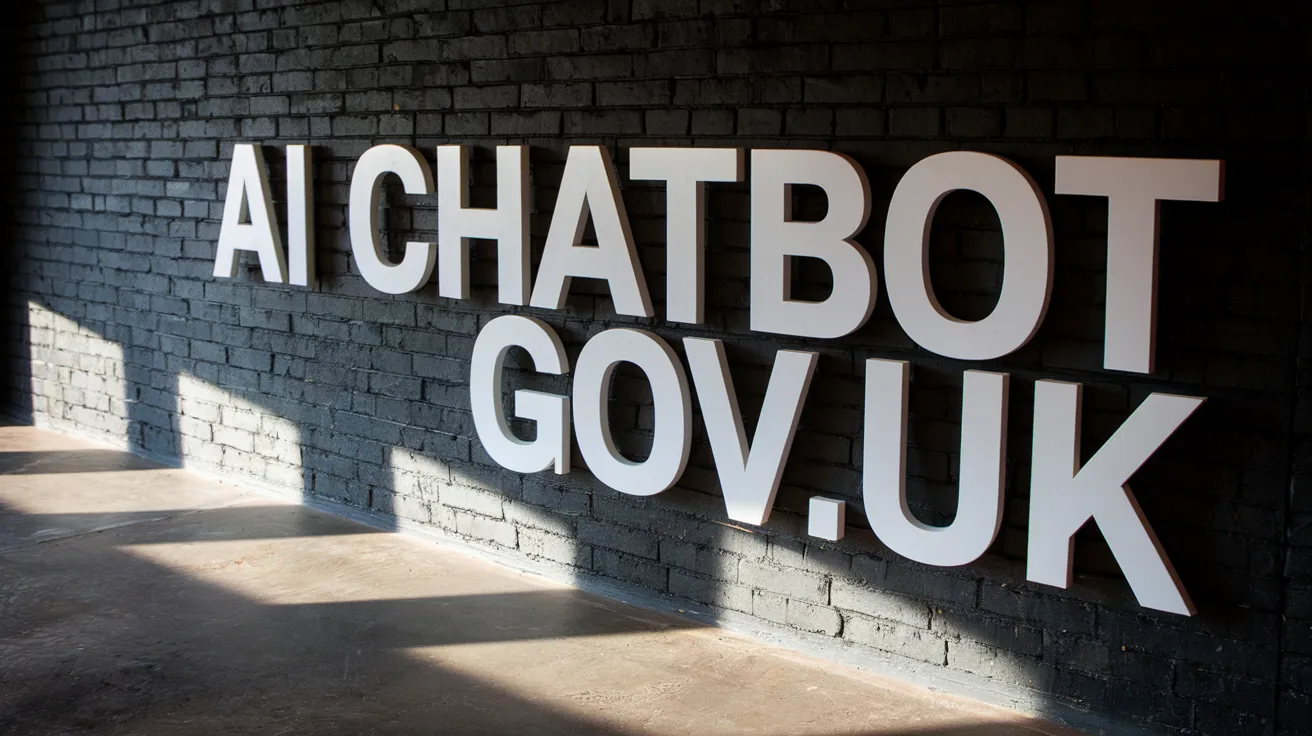AI Chatbot Launch on Gov.UK: Mixed Results

The UK government has launched an artificial intelligence (AI) chatbot designed to assist businesses in navigating its vast network of regulations. Utilizing OpenAI’s GPT-4o technology, the bot is poised to help users tackle the daunting 700,000 pages of information found on the Gov.UK website. However, initial reports suggest that while it can provide regulatory guidance, user experiences may vary significantly.
During a recent test run described to reporters, government officials indicated that the chatbot can help with topics such as building regulations. It even provided assistance for a hypothetical hemp farmer seeking guidance before crop planting. Nevertheless, the chatbot is limited in its capabilities; for instance, it refuses to speculate on whether cannabis will be legalized in the UK, stating, “I cannot provide predictions or opinions.” Such responses are part of the bot’s reinforced limitations, which include avoiding sensitive financial topics and political issues.
In its operation, the chatbot warns users about its primary limitation: a phenomenon known as “hallucination,” where it might produce incorrect or confidently presented false information. Users are encouraged to verify the information provided by checking the links to official documents included in the chatbot’s responses. The government acknowledges the need to improve the AI system, particularly to address concerns about hallucinations that could lead to inappropriate or inaccurate responses. While these have become less severe, some responses, like garbled weblinks, have been noted recently.
The ongoing tests will involve up to 15,000 business users before any plan for broader availability is considered, potentially in the following year. Peter Kyle, the Secretary of State for Science and Technology, highlighted the government’s ambition to leverage AI for advancing public services, aiming to simplify bureaucratic processes that often consume a considerable amount of citizens’ time.
Despite some successes, the chatbot’s shortcomings are evident. For example, its inability to answer direct questions about the UK corporation tax regime due to sensitivity around the term “regime” raises questions about its effectiveness in providing critical business insights. Moreover, the bot’s scope does not encompass all Gov.UK documents, indicating potential gaps in the information it can relay to users.
The system includes designed “guardrails” to prevent the bot from addressing illegal queries or sharing sensitive data, providing some reassurance regarding its security. However, developers caution that the threat of malicious use cannot be entirely eliminated.
In summary, while the AI chatbot initiates an innovative step towards aiding businesses in understanding government regulations, its limitations highlight the ongoing challenge of developing reliable AI systems. The mixed results underscore the necessity for further improvements and refinements to meet the needs of users comprehensively.